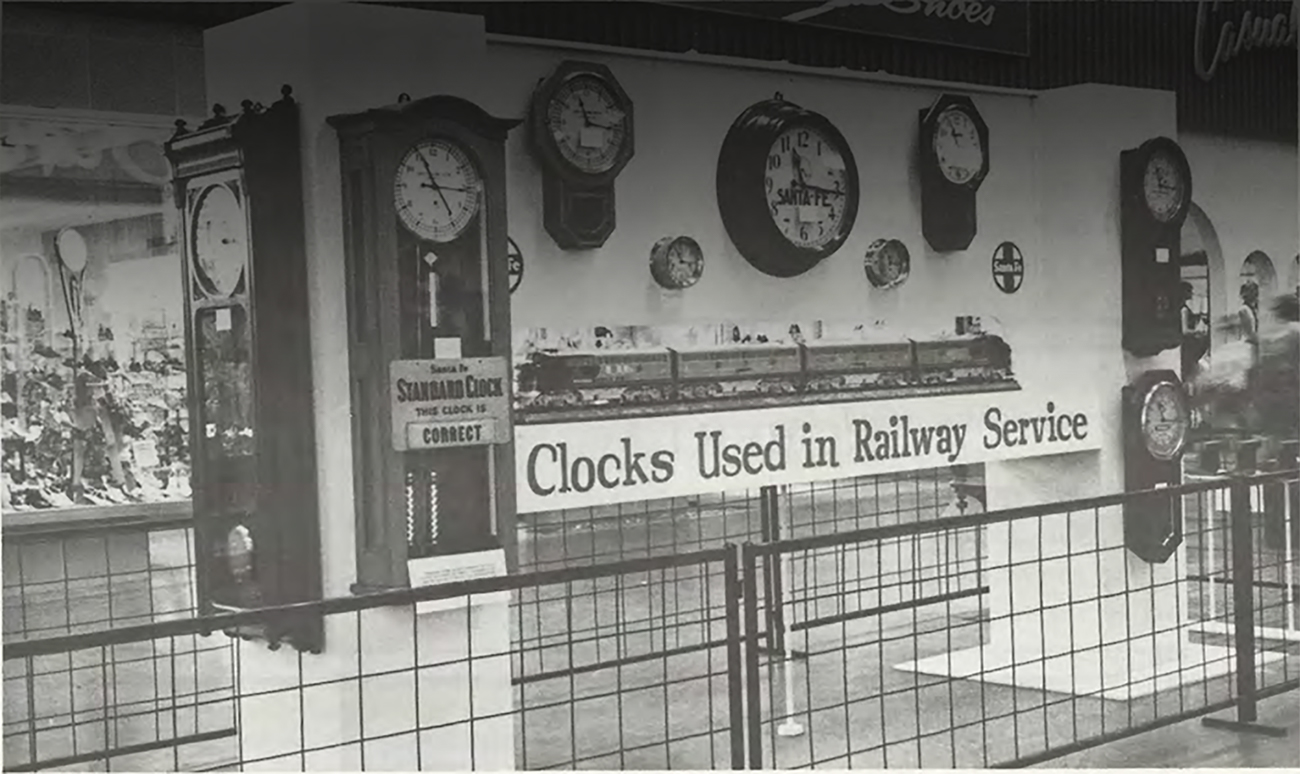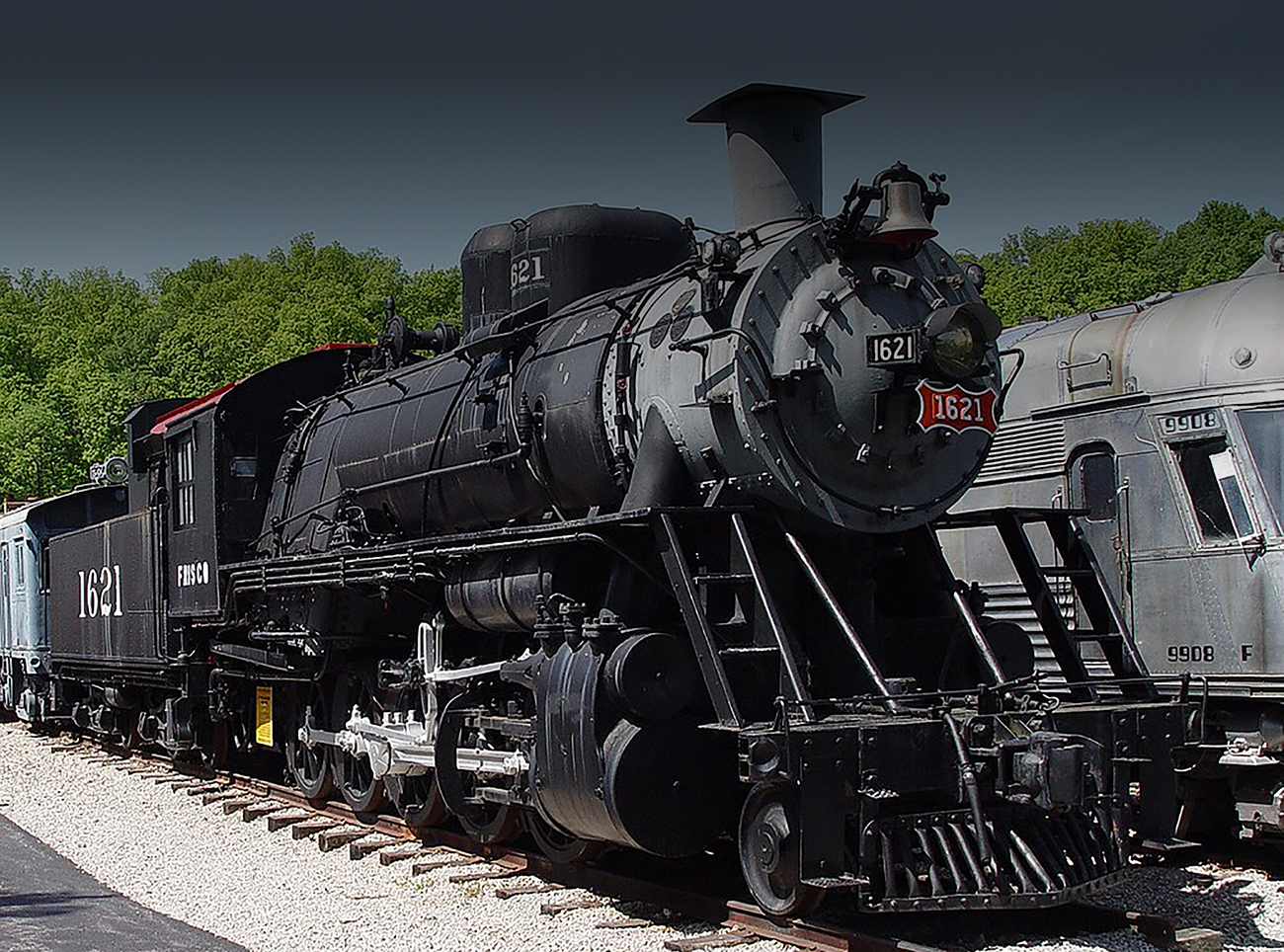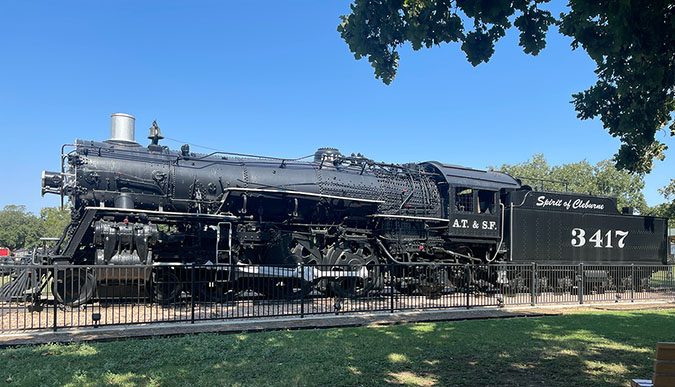
Cleburne, Texas: A town that’s proud of its railroad heritage
By EUNICE ARCHILA
Staff writer
About 50 miles southwest of Dallas lies Cleburne, Texas, which touts itself as having a small-town feel with big city access. That access is in part thanks to its railroad roots.
Cleburne began as a Civil War outpost named Camp Henderson, where Confederate soldiers served under Gen. Patrick Cleburne, for whom the town was later named. In 1867, the camp grew into the city of Cleburne, and its central location made it a hub for the local agricultural economy.
Farmers transported wagonloads of cotton, grain and corn from nearby fields to Cleburne, but reaching other towns often required day-long trips—or even longer—due to the lack of infrastructure. The town quickly recognized the need for a faster, more efficient means of transport.
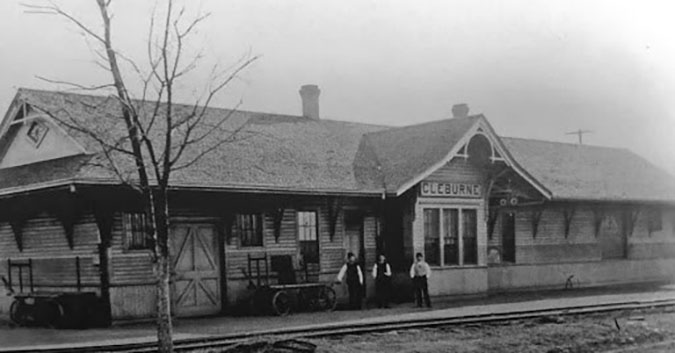
Cleburne’s efforts to secure a rail line finally paid off when the Gulf, Colorado & Santa Fe Railway began construction on a line connecting Kopperl, Texas, and Cleburne on April 19, 1879. Just two years later, on October 21, 1881, the first train arrived, a momentous occasion witnessed by a crowd of more than 1,000 people — nearly a quarter of the town’s population. This event marked a turning point for Cleburne, establishing it as a vital link in the region’s rail network.
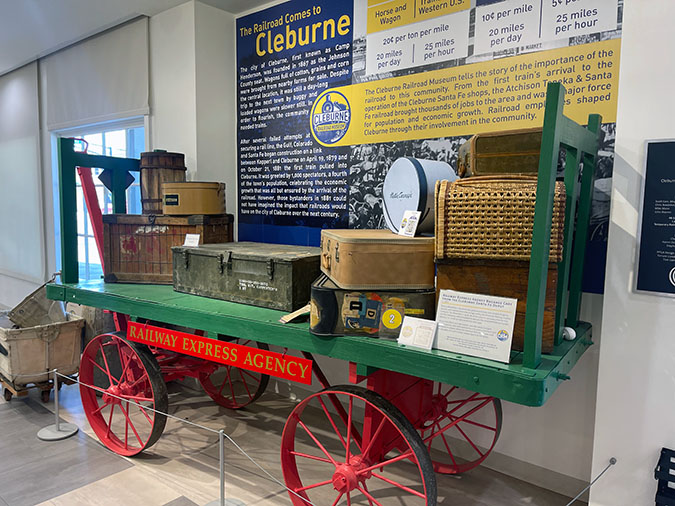
In 1898, the Atchison, Topeka & Santa Fe Railway (Santa Fe), a BNSF predecessor, opened its Cleburne shops, one of the largest maintenance facilities in the Southwest. The shops, which built and maintained locomotives and rail cars, included a coach, carpentry, blacksmith, flue and machine shop, as well as a powerhouse, turntable, and yard office. This centralized operation was a major part of Santa Fe’s system and became the heart of the local economy.
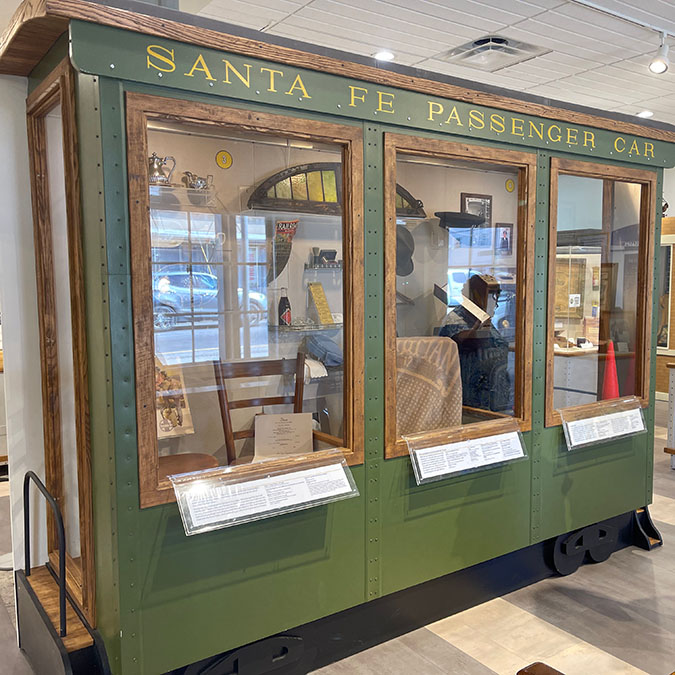
For more than a century, the railroad provided not only a faster way to transport goods and passengers but also a steady source of employment. Santa Fe was the largest employer in Cleburne, and its Harvey House restaurant further boosted job opportunities. The restaurant was part of the famed chain offering quality dining options to travelers and residents.
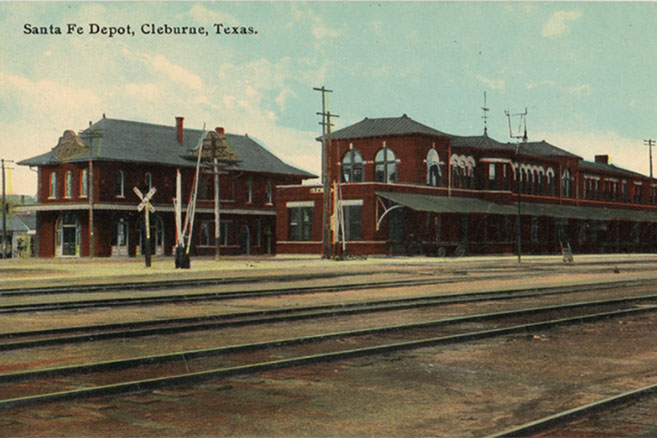
Though the Cleburne shops closed on September 29, 1989, the city’s strong railroading heritage remains deeply woven into its identity.
Visitors can still see traces of this legacy throughout town. A steam locomotive, “The Spirit of Cleburne,” proudly stands in Hulen Park, and a Santa Fe caboose is displayed at the Layland Museum, just blocks away from the Cleburne Railroad Museum. The railroad’s influence is even reflected in the city’s minor league baseball team, the Cleburne Railroaders, whose stadium, La Moderna Field (formerly The Depot), embraces a railroad theme and provides a unique, intimate experience for fans.
“BNSF is proud to share a rich history with Cleburne, Texas,” said Matt Larseingue, BNSF’s executive director of public affairs for Texas. “I encourage railfans and history buffs alike to visit. It’s a great place to see the influence of the rail industry in building our country town-by-town.”
